Updated on April 9th, 2023
Sage is among the popular herbs usually associated with festive periods. It is used as an ingredient in recipes like the Sheet-Pan Cornbread Stuffing to introduce pleasant sweet and savory flavor and leaves a warm and woody aroma hanging in the air.
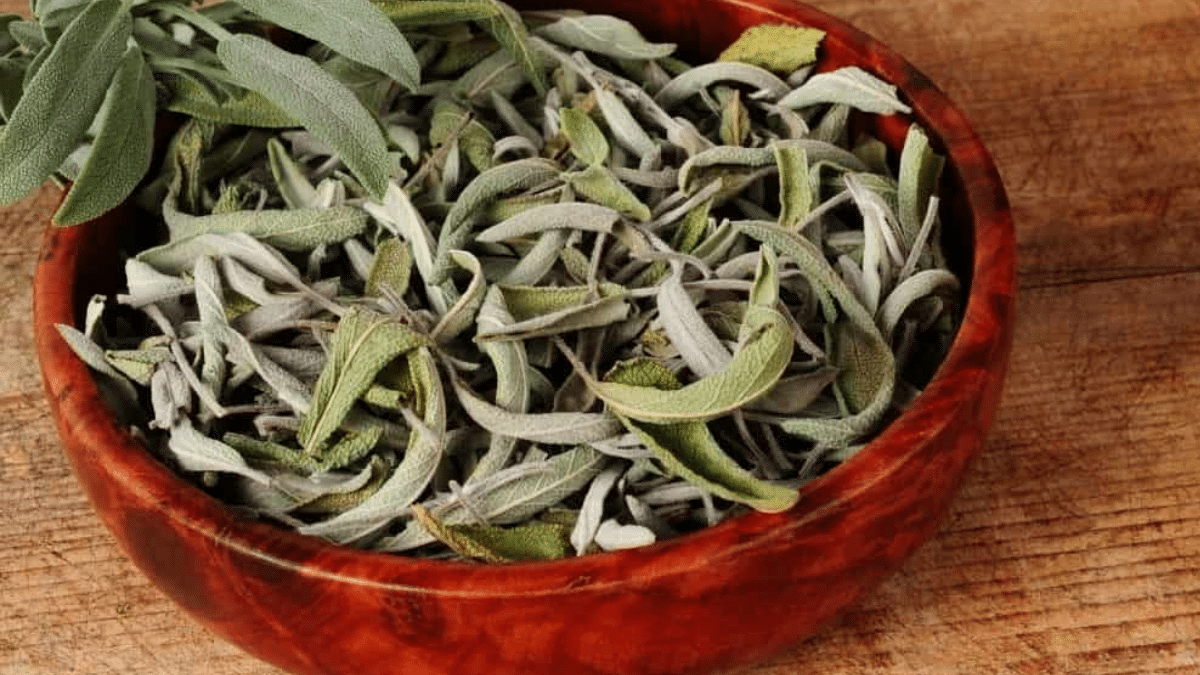 It is easy to run out of this substitute, especially during holiday seasons, since it is needed in most recipes. The good news is that there are similar herbs and spices available in your kitchen or in the nearest grocery shop that would easily substitute the sage and give you your desired results. These alternatives will be discussed in this article, along with the measurements needed when substituting.
It is easy to run out of this substitute, especially during holiday seasons, since it is needed in most recipes. The good news is that there are similar herbs and spices available in your kitchen or in the nearest grocery shop that would easily substitute the sage and give you your desired results. These alternatives will be discussed in this article, along with the measurements needed when substituting.
What is Dry Sage?
Sage belongs to the mint family, and the dry sage is gotten from the fresh ones. It is a grey-green bushy plant with pointy leaves. It has a bitter, earthy, slightly peppery, and sweet taste with citrus, pine, and eucalyptus hints. It also leaves a woody and earthy aroma. It improves the flavors in recipes involving meat, vegetables, poultry, etc. Sage is a staple in most Italian and Mediterranean recipes.
There are over 500 different species of sage, but only a few are edible. The edible ones are usually sold in fresh, rubbed, dry, or ground forms. The dry and ground sage have a longer shelf life than the fresh ones, but the fresh and ground sage is more potent and concentrated in flavor. Rubbed sage is made from rubbing dried sage together, while ground sage is made from grounding dry sage leaves into smooth powders. The ground sage is more concentrated, and it is best to add it early in a recipe to cook better and reduce the strong flavors.
Sage has some health benefits like improving the body use of insulin and sugar, which helps with diabetes, improving patients’ health condition with Alzheimer’s disease, controlling high cholesterol levels, etc.
Sage is Used in Recipes
Sage is an important ingredient in many recipes. It improves flavors in sauces, vegetable dishes, roasted meat, sautéed cannellini beans, pork, and sausages. Sage is also enjoyed when fried and would act as a flavorful crispy garnish. Some recipes that feature sage as the main ingredient or side ingredient includes;
- Sheet-Pan Cornbread Stuffing
- Sage Flatbreads
- Turkey, Sage, And Pigs In Blanket Traybake
- Vegetable Dumpling Soup
- Sage And Lime Chicken
- Sun-dried Tomatoes With Angel Hair Pasta
- Easy Sage And Basil Butter
- Apple And Sage Dressing
- Pork Medallions In Sage Cream Sauce
- Thanksgiving Stuffing
- Charms Sage And Onion Stuffing
- Roasted Pumpkin, Cheese, And Sage Stromboli
- Sage Bread Knots
- White Bean, Sausage, And Sage Soup
- Roasted Acorn Squash
- Pasta With Fried Sage And Pine Nuts
Dry Sage Substitutes
Sage is a popular culinary spice with a stronger flavor profile than many spices. It delivers sweet and savory taste in recipes and does an excellent fried garnish. The sage leaf is also versatile and has a lot of health benefits. It shares some similarities with spices like thyme, marjoram, summer savory, etc. These spices can be used as substitutes when the sage isn’t readily available. So when faced with difficulties in obtaining this ingredient, some other herbs or spices can be considered, and they include;
Thyme
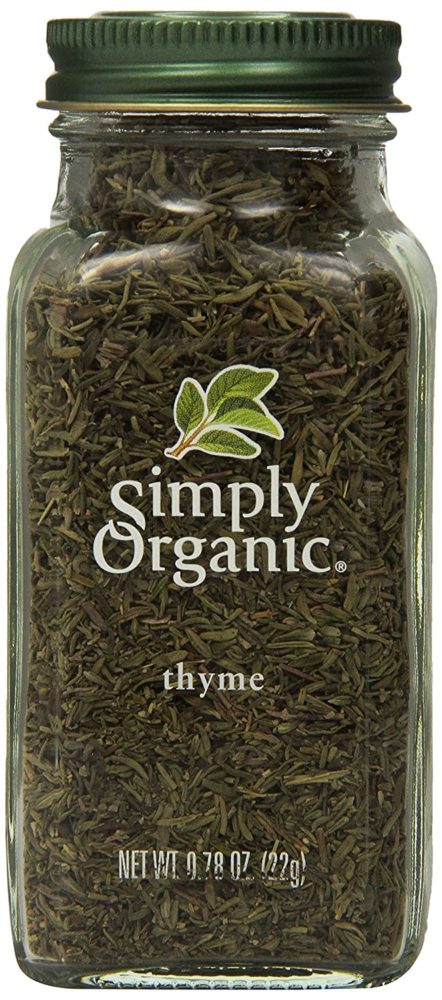
Thyme is another member of the mint family that would work great as a sage substitute. Like sage, the thyme comes in fresh and dry forms, and the dry one can be used for sage in any recipe.
Thyme has flavors similar to sage, and it has an earthy, minty, sweet, and slightly peppery taste with hints of citrus. Thyme’s flavor is not as strong as a sage, but it still gives delicious food flavors. The same dry thyme can be substituted for the same dry sage.
Marjoram
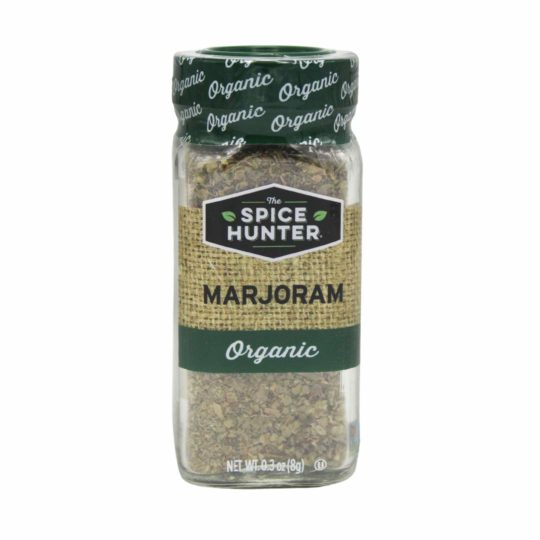
Marjoram is another close substitute for sage, and it belongs to the mint family. It has similar flavors to sage, but like thyme, it is not as strong as sage’s flavor.
The marjoram has a floral, citrus, minty, and floral flavor and can be used as a seasoning when roasting meat or as a spice when cooking. The potency of marjoram is not so strong, and it is best to add this ingredient towards the end of a recipe to retain its flavors. The same amount of marjoram can be substituted for the same amount of dry sage in any recipe.
Oregano
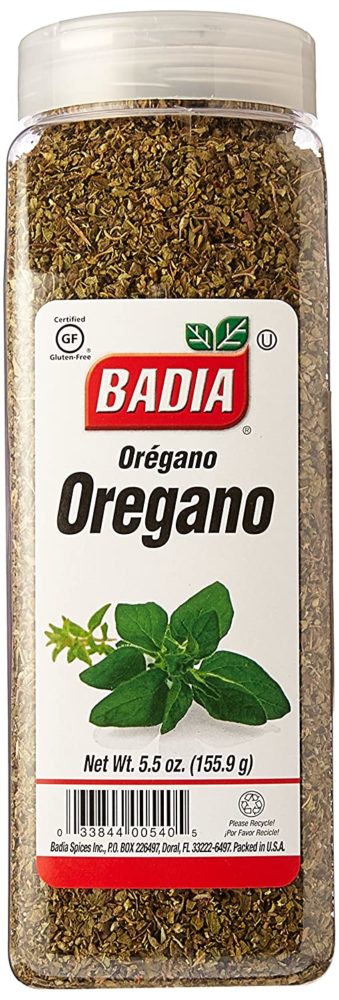
This herb has a similar flavor profile to sage and also to marjoram. It belongs to the mint family and has an earthy, citrus, and peppery flavor. The oregano has a sharper peppery taste than the sage and would work well in sauces and poultry recipes. Since dry spices are more concentrated and pungent than fresh ones, smaller portions should be worked with first before increasing them when substituting with dry oregano.
You can use the exact amounts when substituting. Use one tablespoon of oregano for one tablespoon of sage in any recipe.
Italian Seasoning
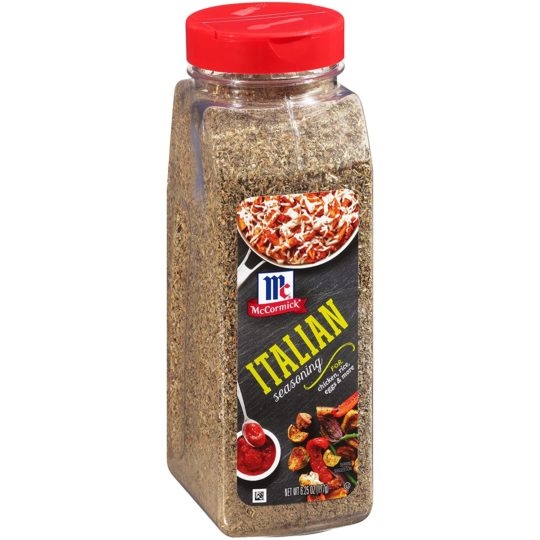
The Italian seasoning contains a blend of different spices, mostly from the mint family. It has dry grounded ingredients like thyme, sage, rosemary, oregano, etc.
This spice offers the recipe a woodsy, peppery, minty, and herbaceous flavor. It could substitute dry sage, and the same Italian seasoning can replace the same amount of sage in recipes.
Frequently Asked Questions (FAQs)
How can you make dry sage?
To make dry sage take fresh sage, wash it and pat dry with paper towels. After this, take them by the stems and place them in a paper bag. Makes holes in the bag and hangs it to expose it to enough air.
Can sage be planted close to basil?
Basil is believed to be a plant that repels insects and mosquitos. It grows well alongside Chamomile, chili, tomatoes, parsley, and oregano but isn’t good for sage.
Can you grow herbs in a pot?
Planting herbs in a pot is an excellent way to save garden space, and it works just as well as planting directly in the soil, especially since some herbs grow in smaller sizes.
Conclusion
Dry sage is a staple ingredient in many recipes, especially festive recipes like
Sheet-Pan Cornbread Stuffing introduced sweet and savory flavors. Sage has similar flavor profiles with many herbs, especially those from the mint family. In the absence of sage, these herbs and spices could be used as a replacement. Some of them have been listed in this article, including basil, poultry seasoning, bay leaves, savory tarragon, rosemary, etc.